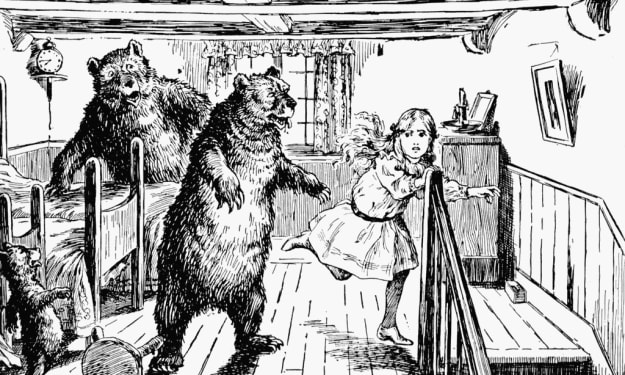The History and Evolution of Vaccines
The history and evolution of vaccines dates back to the 18th century when English physician Edward Jenner discovered that cowpox provided immunity against smallpox. Since then, vaccines have been developed for a wide range of infectious diseases, including polio, diphtheria, tetanus, pertussis, measles, mumps, rubella, and hepatitis B. With the advent of genetic engineering and biotechnology, new and improved vaccines have been developed, including the HPV vaccine and vaccines for influenza, meningococcal disease, and pneumococcal disease. Despite challenges, such as vaccine safety concerns and cost barriers, vaccines have saved countless lives and prevented the spread of infectious diseases. The continued development and use of vaccines will be critical in maintaining public health.

The History and Evolution of Vaccines
Vaccines have played a critical role in preventing the spread of infectious diseases for centuries. The concept of using a weakened or dead form of a pathogen to stimulate the immune system and prevent future infections dates back to ancient civilizations. However, the systematic development of vaccines did not begin until the 18th and 19th centuries.
The first successful vaccine was developed by English physician Edward Jenner in 1796. Jenner observed that milkmaids who contracted cowpox, a milder form of smallpox, did not develop smallpox. He hypothesized that cowpox provided protection against smallpox and conducted an experiment on a young boy, successfully demonstrating that cowpox could indeed provide immunity. This marked the birth of modern vaccination and the use of vaccines to prevent the spread of infectious diseases.
In the late 19th century, Louis Pasteur, a French microbiologist, developed several vaccines, including the rabies vaccine. He also developed the germ theory of disease, which states that specific microorganisms are responsible for specific diseases. This theory paved the way for the development of vaccines for a wide range of infectious diseases.
In the 20th century, many vaccines were developed, including those for polio, diphtheria, tetanus, pertussis (whooping cough), measles, mumps, rubella (German measles), and hepatitis B. The introduction of these vaccines greatly reduced the incidence of these diseases and saved countless lives.
With the advent of genetic engineering and biotechnology, the 21st century has seen the development of new and improved vaccines. For example, the HPV vaccine, which prevents the spread of the human papillomavirus, was developed in 2006. This vaccine has been shown to significantly reduce the incidence of cervical cancer. Additionally, vaccines have been developed for a range of other infectious diseases, including influenza, meningococcal disease, and pneumococcal disease.
The use of vaccines has also been instrumental in eradicating several diseases, including smallpox. Smallpox, a highly contagious and often fatal disease, was one of the deadliest diseases in human history. However, through widespread vaccination efforts, the last natural case of smallpox was reported in Somalia in 1977, and the World Health Organization declared smallpox eradicated in 1980. This marked the first time in history that a disease had been eradicated through human efforts.
The evolution of vaccines has not been without its challenges. One of the biggest challenges has been vaccine safety. While vaccines are generally considered safe, concerns about their safety have led to vaccine hesitancy, or the reluctance of some individuals to get vaccinated. This has resulted in outbreaks of preventable diseases and the spread of misinformation about vaccines.
Another challenge is the cost of vaccines, which can be a barrier for some individuals, particularly those who are uninsured or underinsured. However, many countries have implemented vaccine programs and subsidies to ensure that vaccines are accessible to all individuals, regardless of their financial status.
Despite these challenges, the benefits of vaccines cannot be overstated. Vaccines have saved countless lives and prevented the spread of infectious diseases. The continued development and widespread use of vaccines will be critical in maintaining public health and preventing the spread of infectious diseases in the future.
In conclusion, the history and evolution of vaccines is a story of progress and innovation in the fight against infectious diseases. From the discovery of cowpox as a form of protection against smallpox to the development of vaccines for a wide range of infectious diseases, vaccines have played a critical role in preventing the spread of infectious diseases and saving lives. The continued development and use of vaccines will be critical in maintaining public health and preventing the spread of infectious diseases in the future.
About the Creator
Dipesh Saini
I, Dipesh saini student at Rajasthan University in Bachelor of computer application. Currently, I am working with a Network Marketing start-up. I am interested in writing. I am interested to work on the new task.





Comments
There are no comments for this story
Be the first to respond and start the conversation.